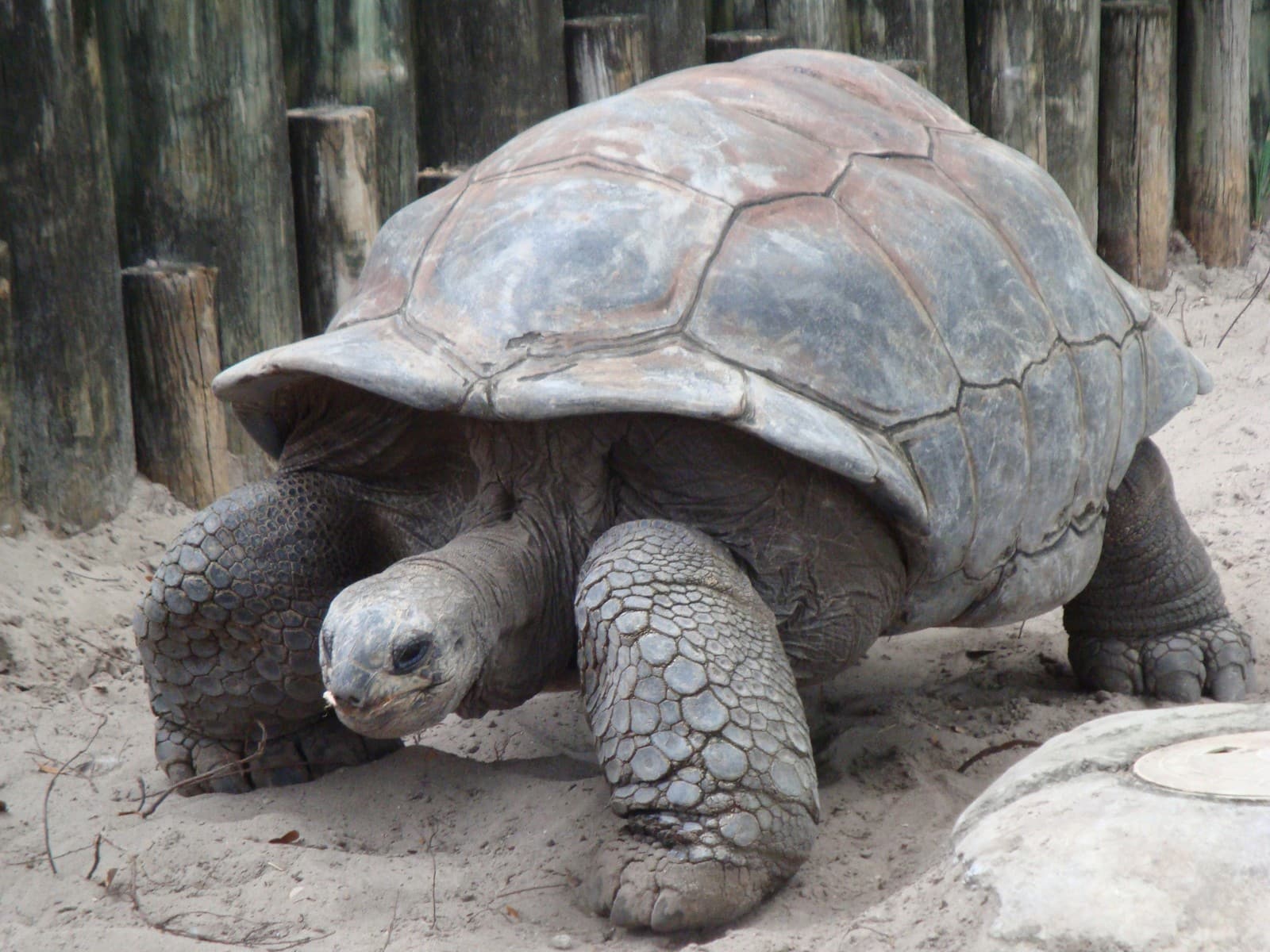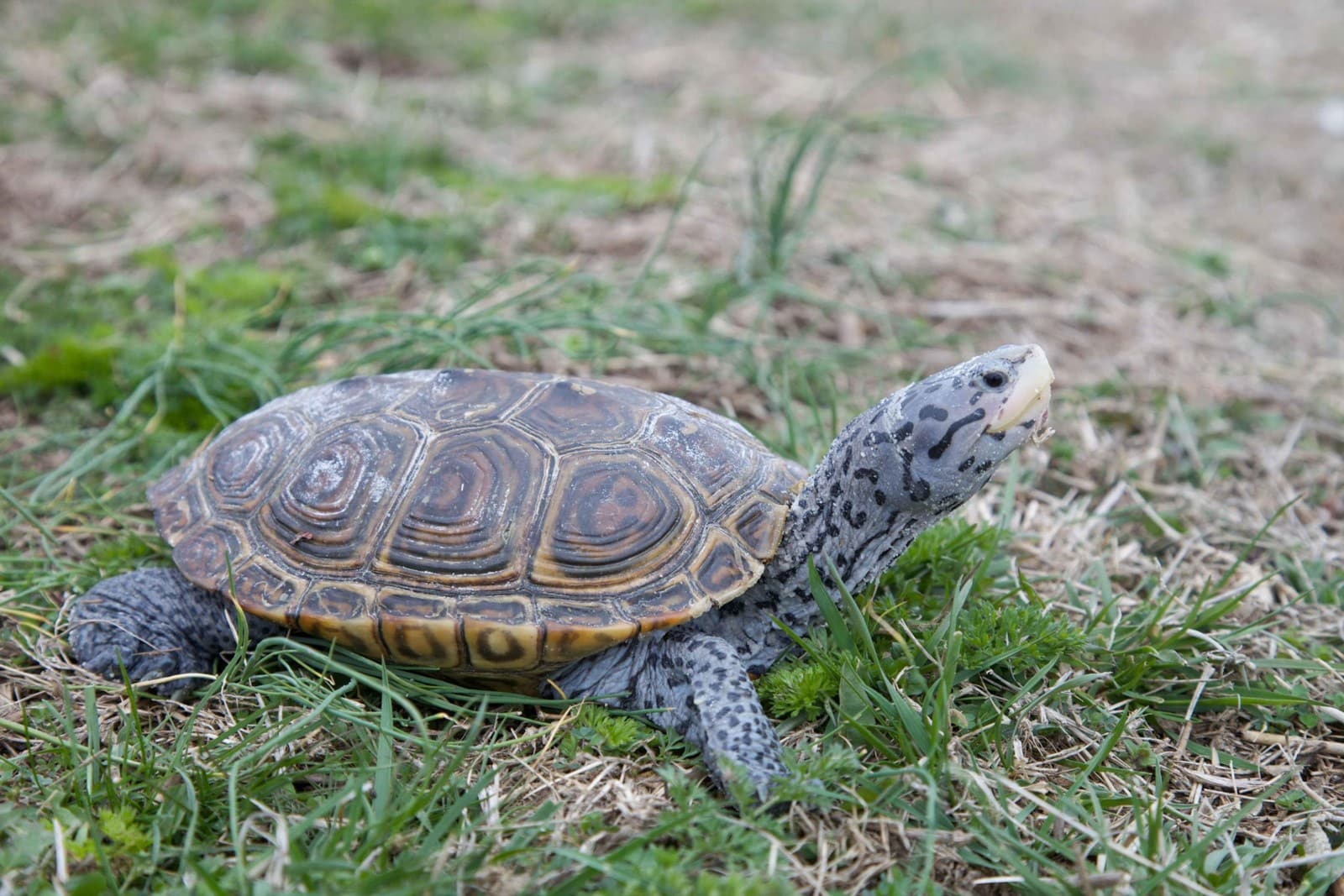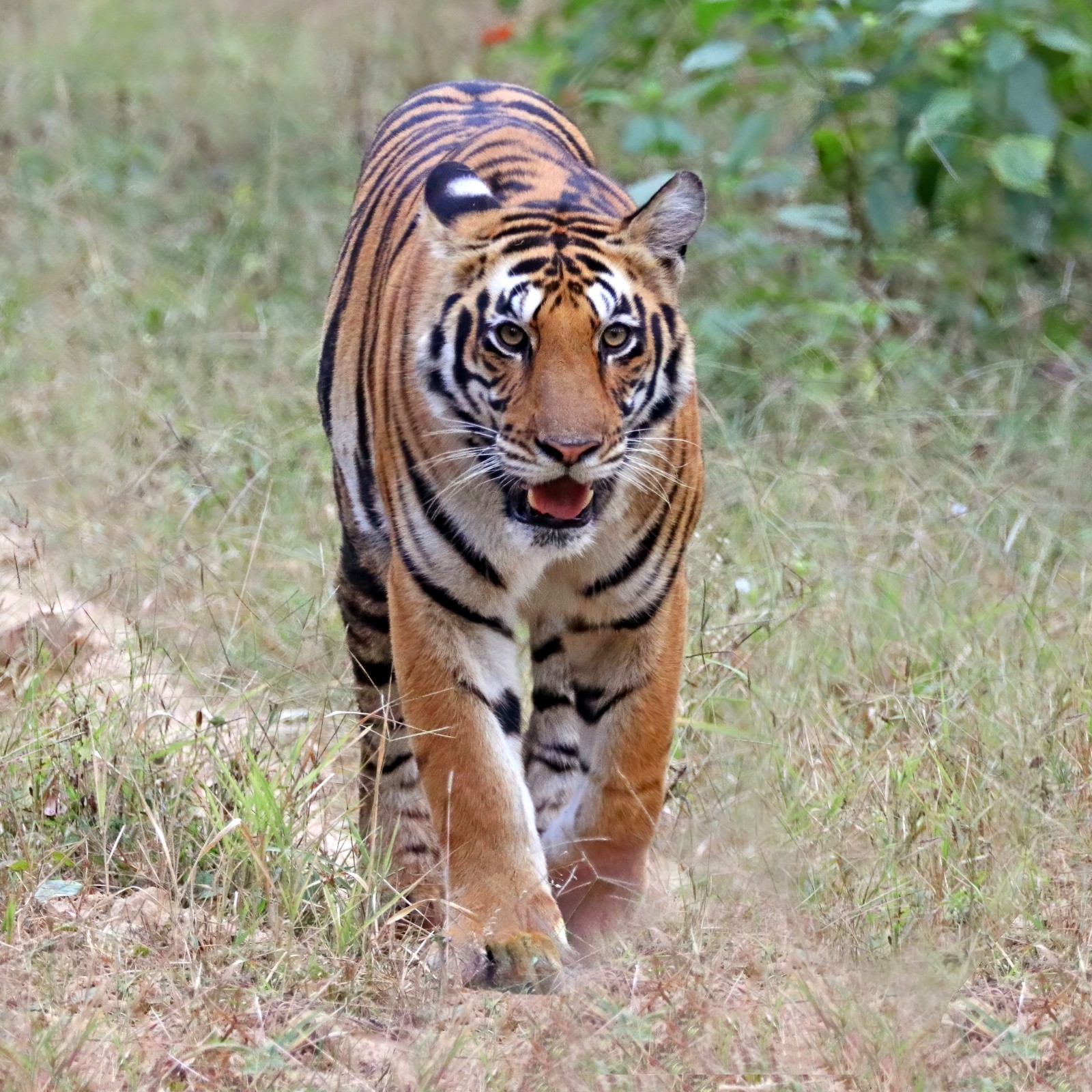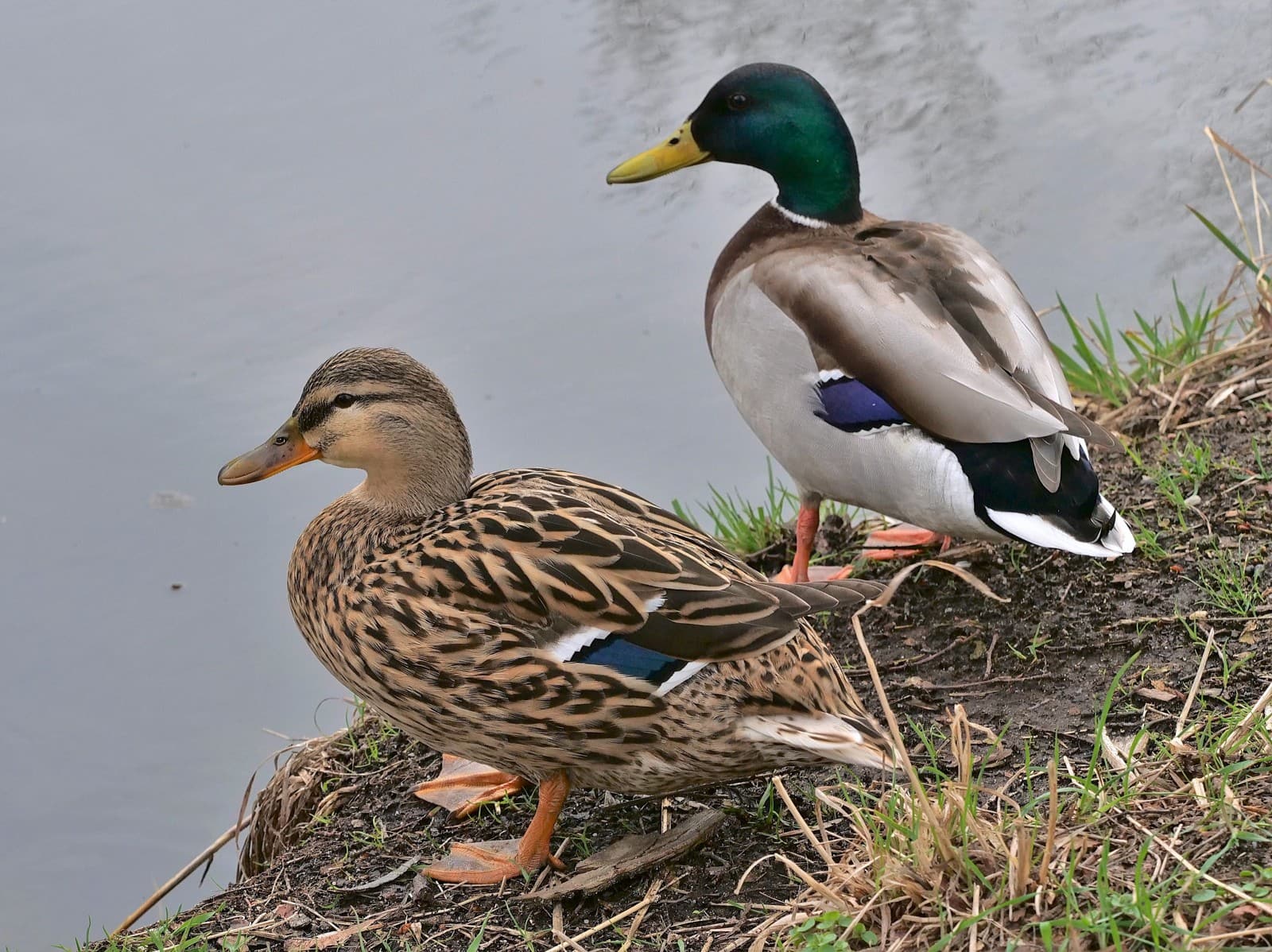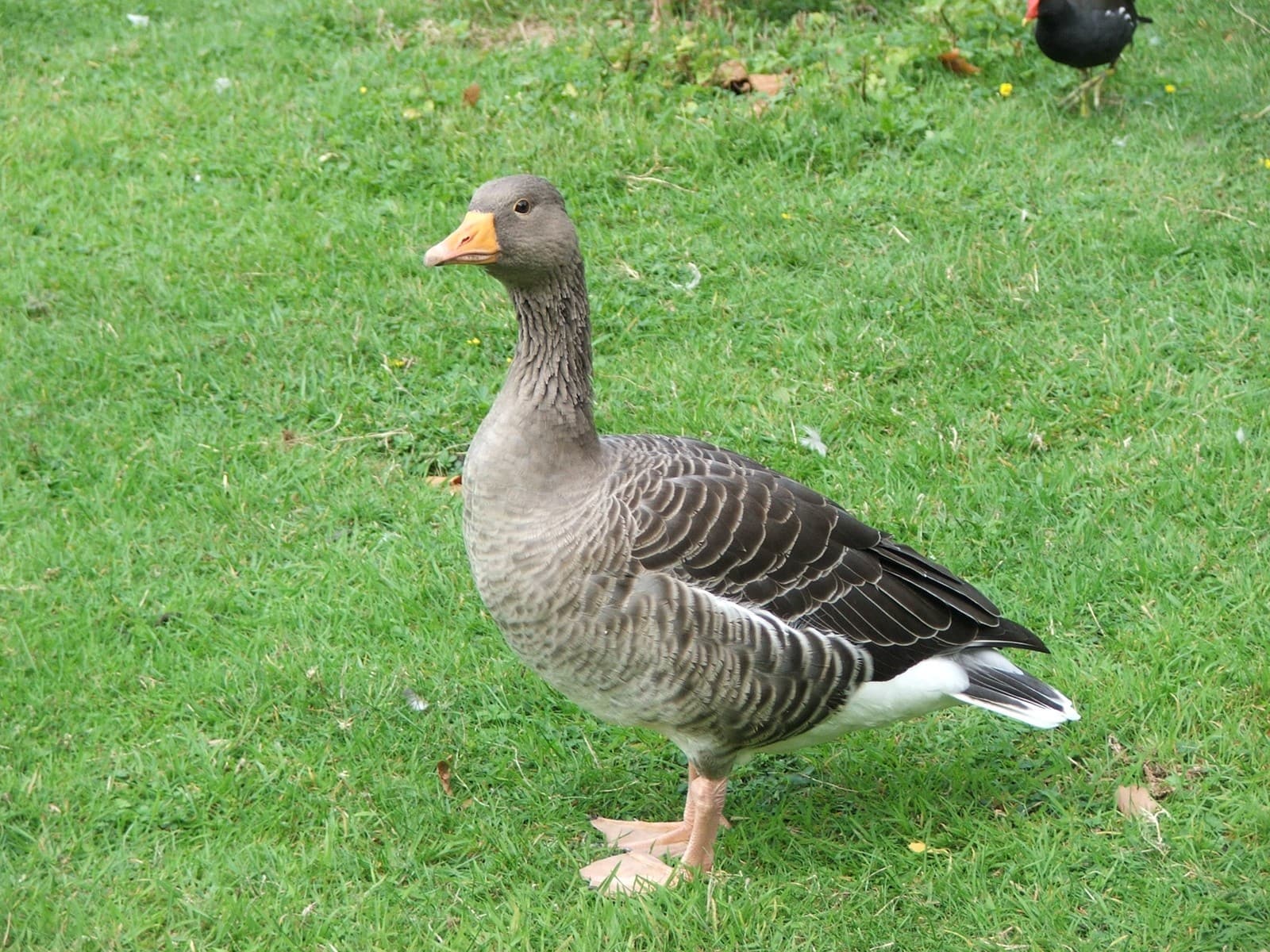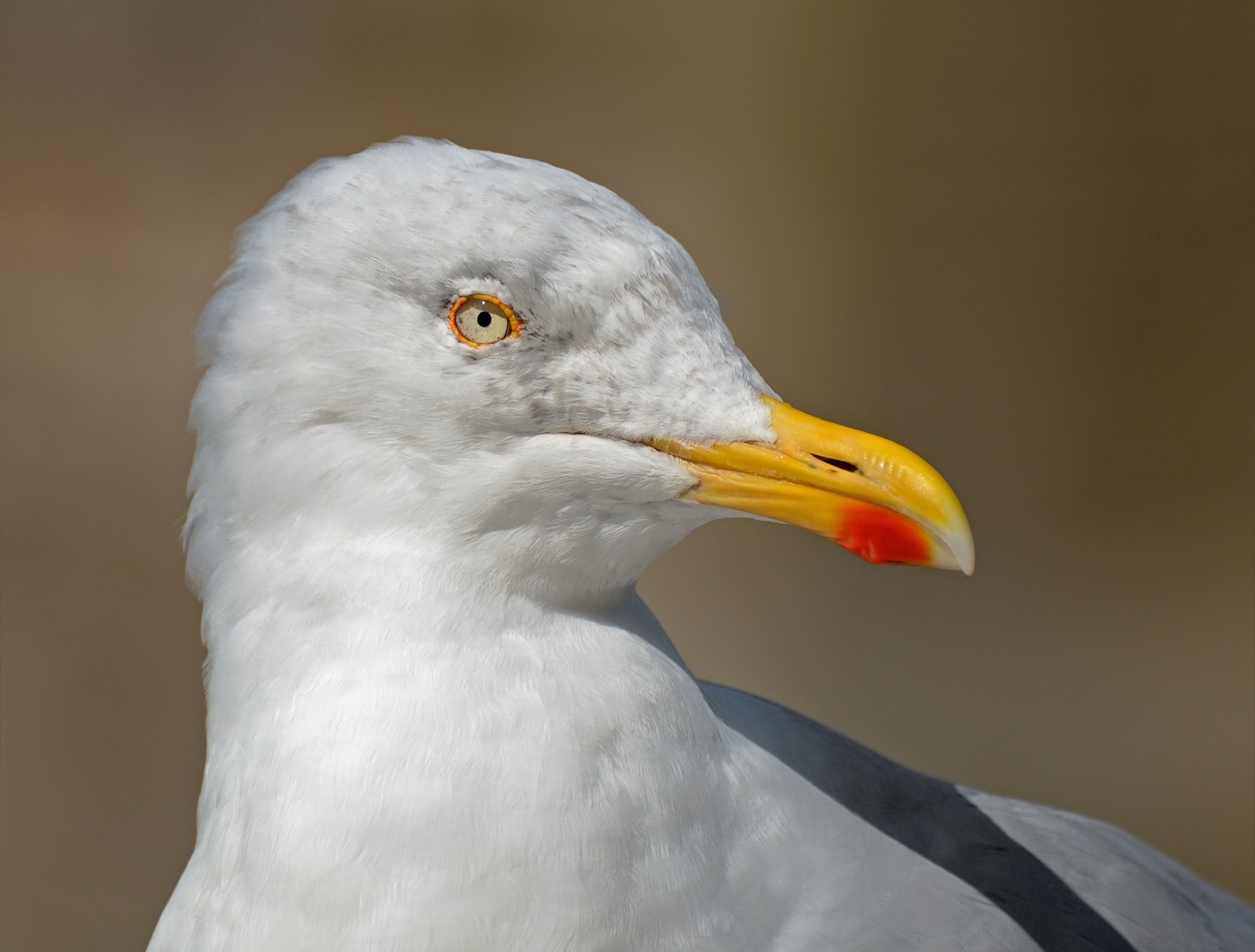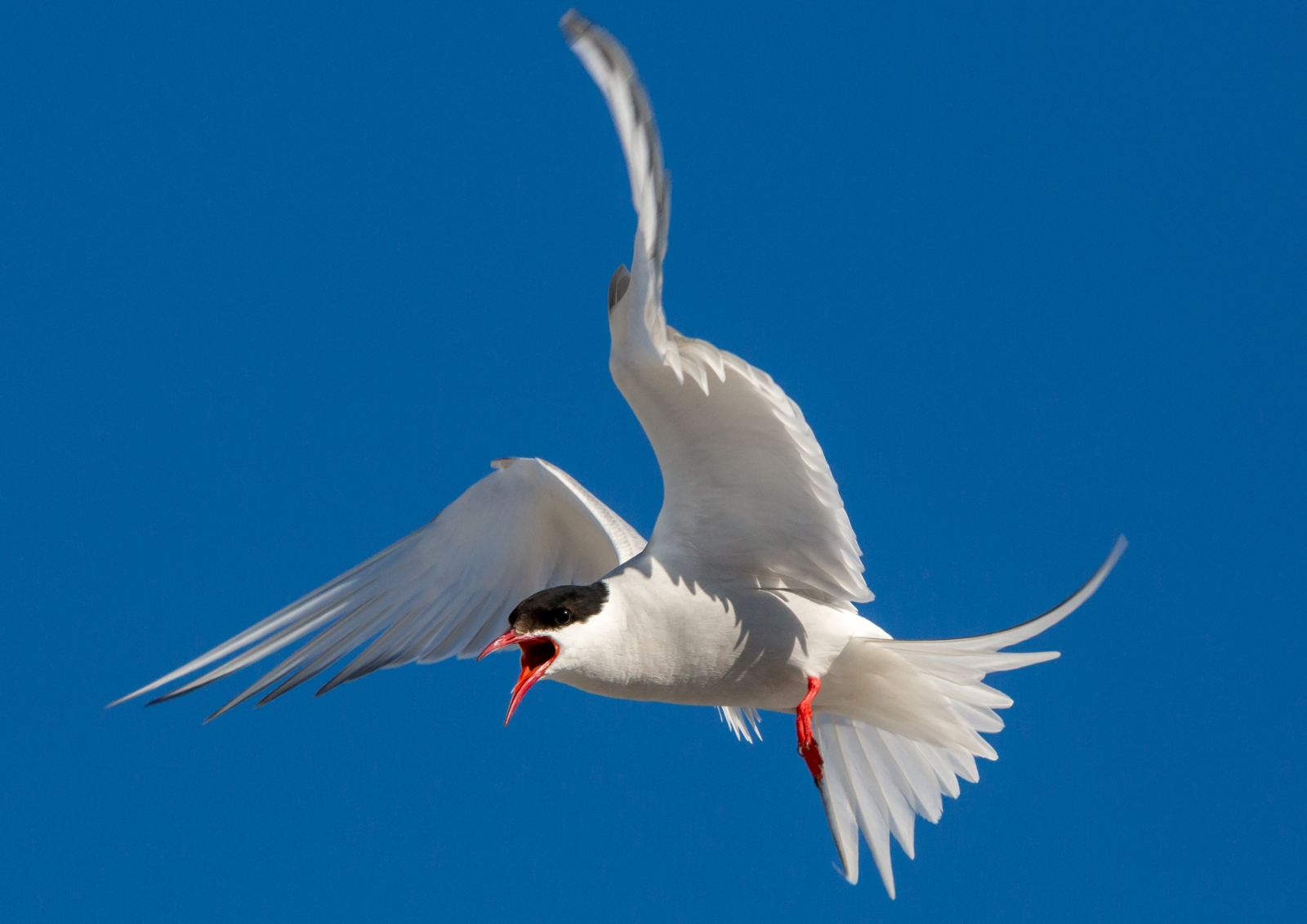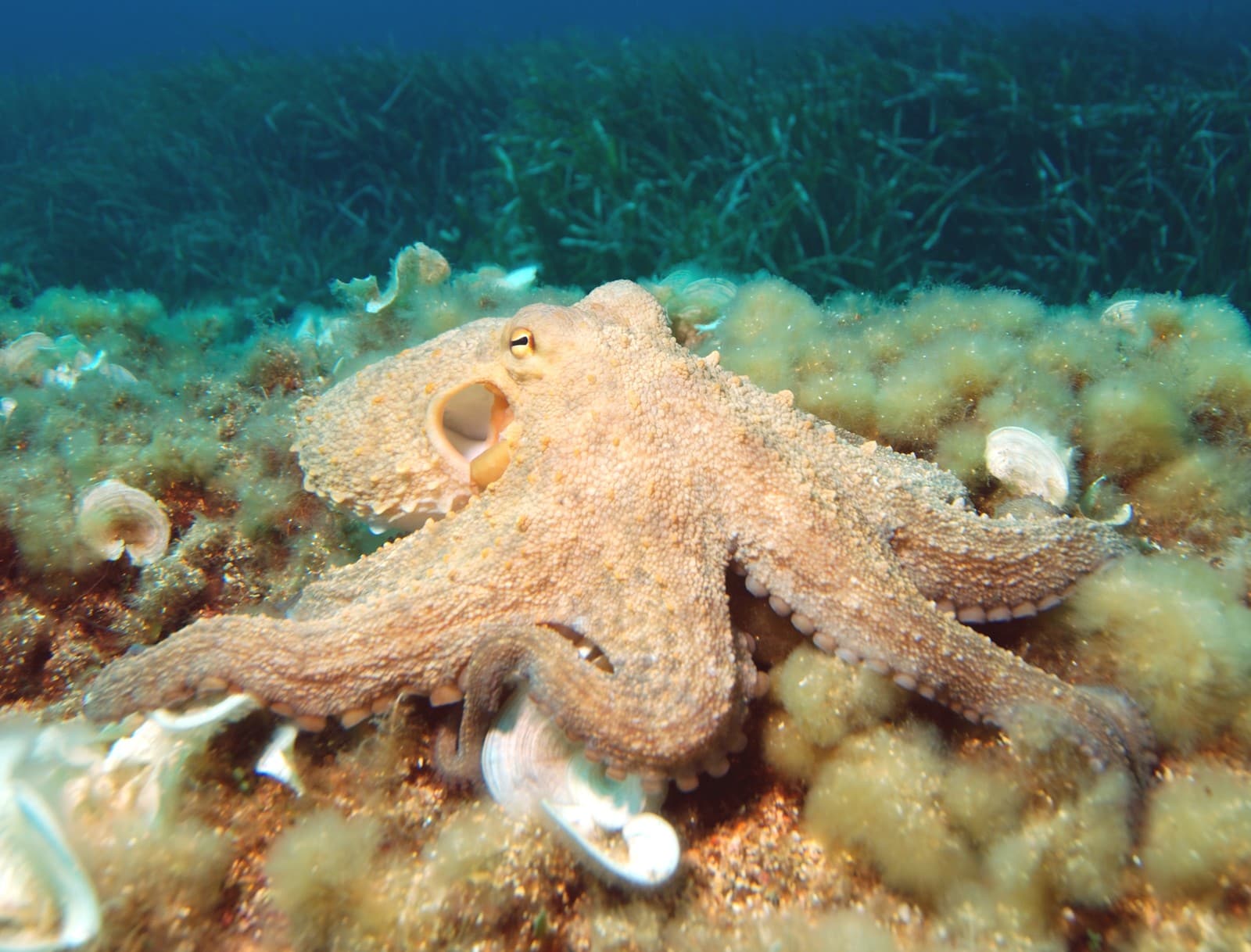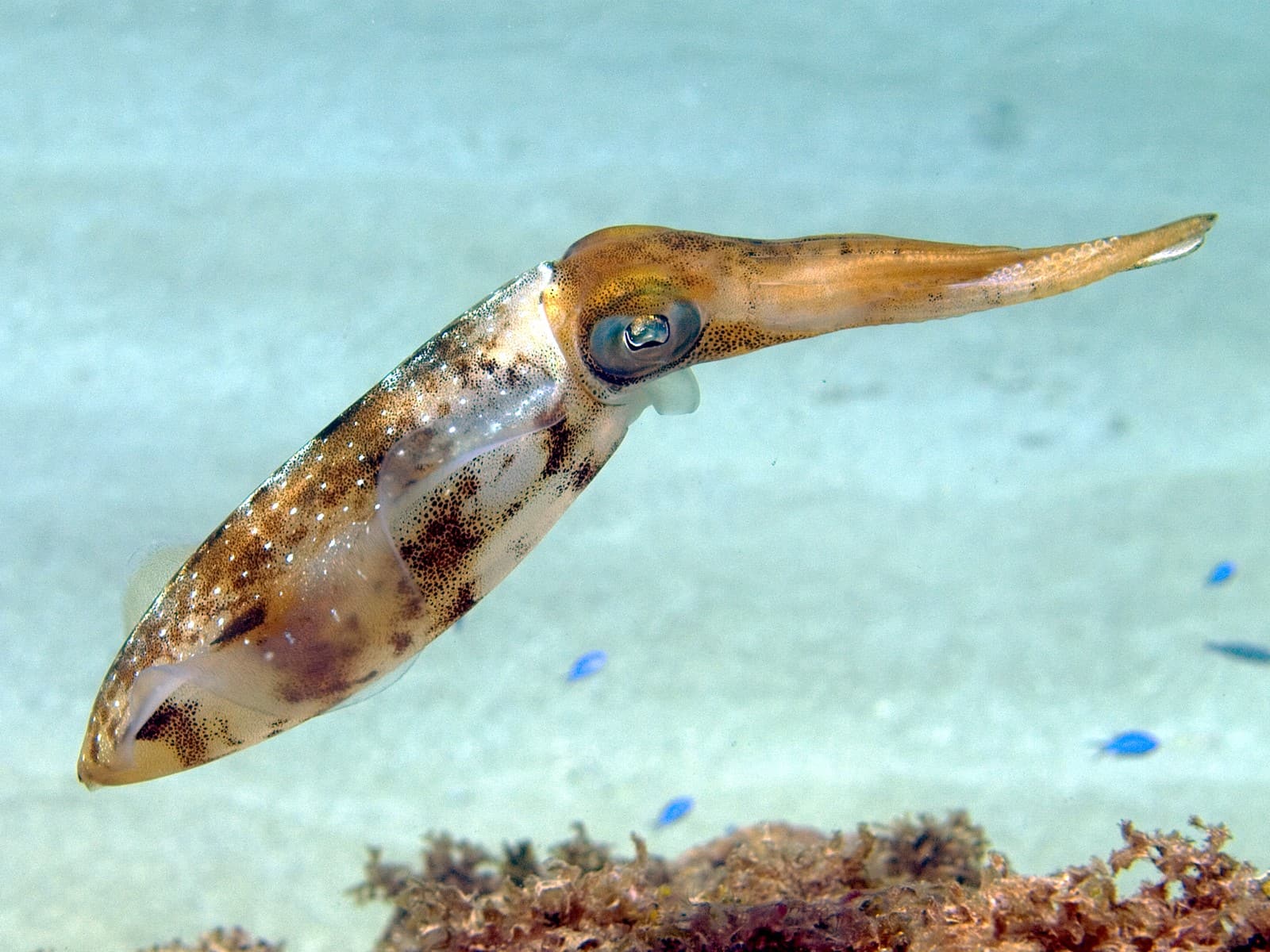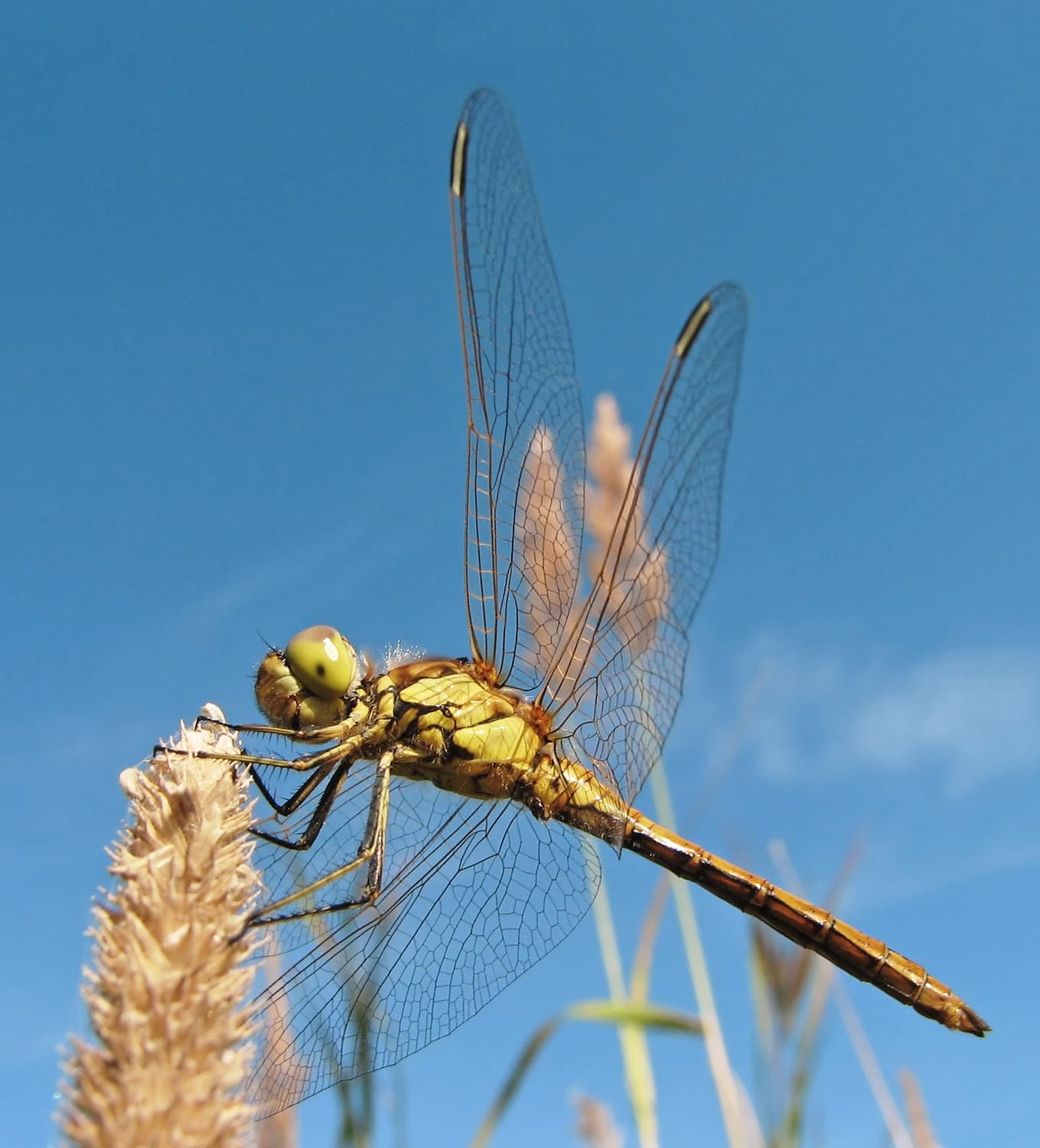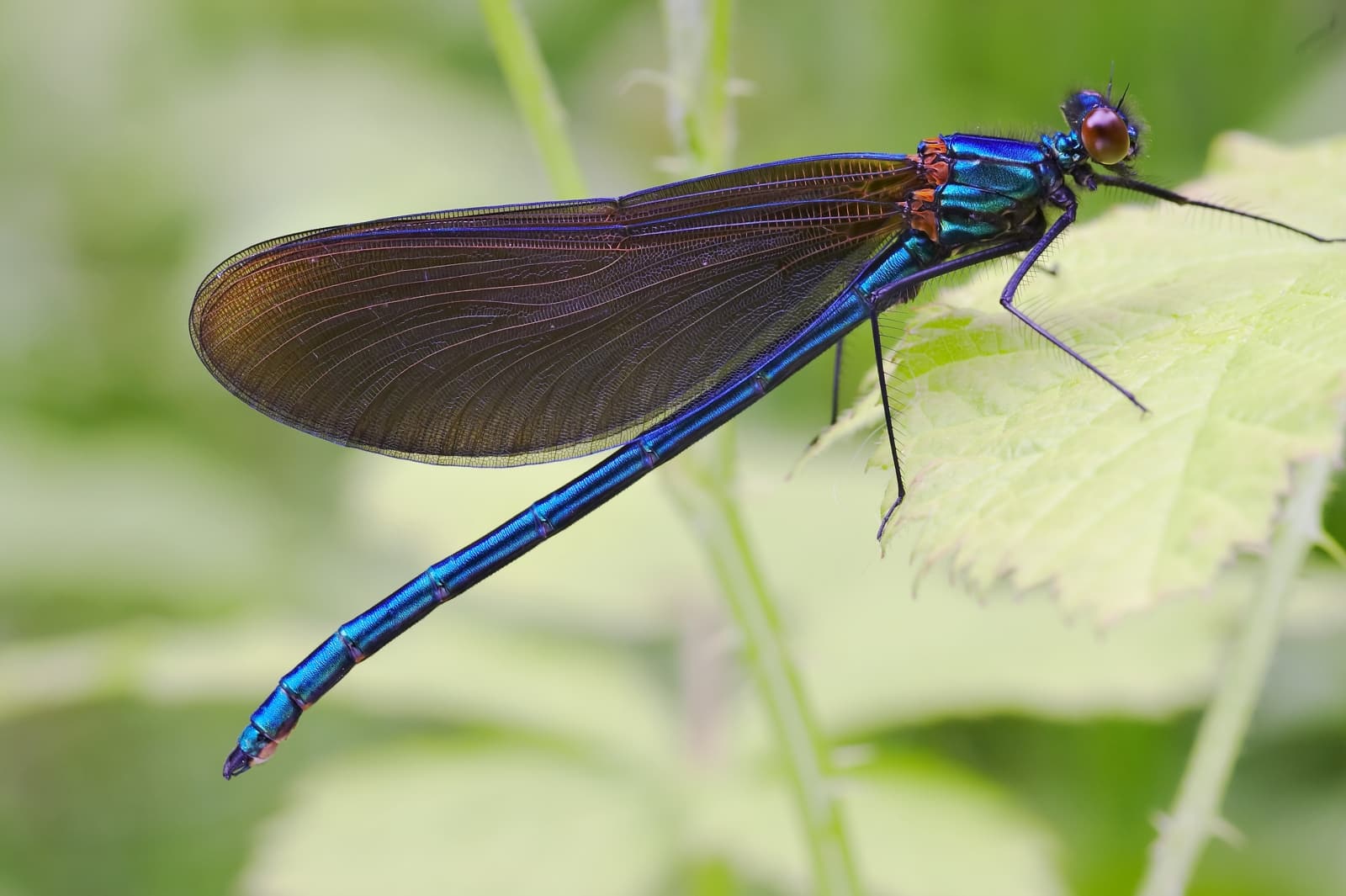Terrapin vs Slider: A Complete Comparison
When comparing Terrapin vs Slider turtles, the key distinction lies in their habitat preferences and physical adaptations. Terrapins are brackish water specialists, thriving in coastal marshes where fresh and salt water mix, while Sliders prefer purely freshwater environments like ponds and lakes. Adult Diamondback Terrapins typically reach 5-9 inches (13-23 cm) in length, whereas Red-eared Sliders can grow slightly larger, averaging 6-12 inches (15-30 cm).
These two chelonians have evolved distinct features that reflect their preferred environments. Terrapins possess more powerful jaws adapted for crushing hard-shelled prey like snails and crabs, while Sliders have developed streamlined shells that enable efficient swimming in freshwater habitats.
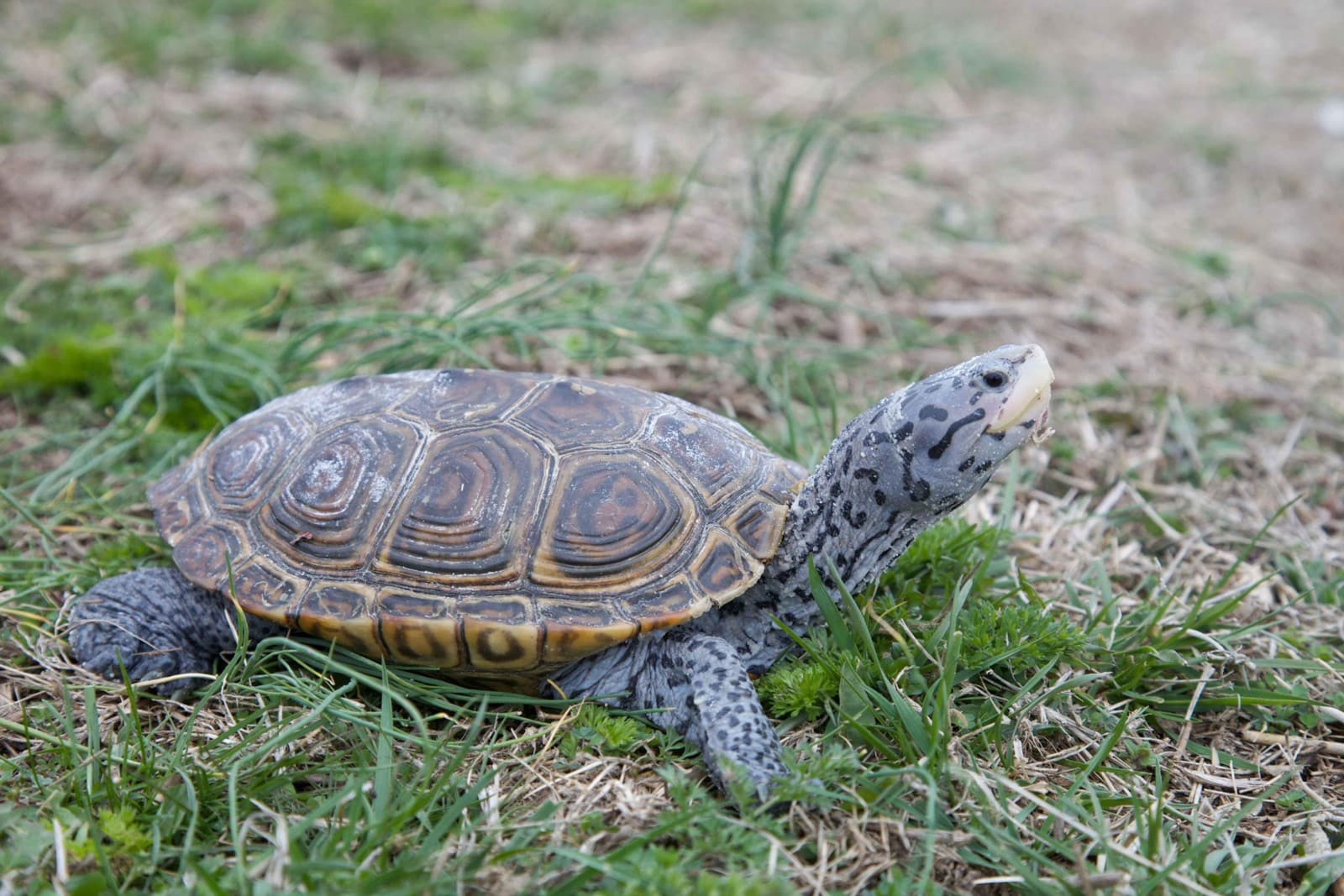
The Diamondback Terrapin showcases its distinctive diamond-patterned carapace and speckled skin, adaptations that provide excellent camouflage in its brackish water habitat.
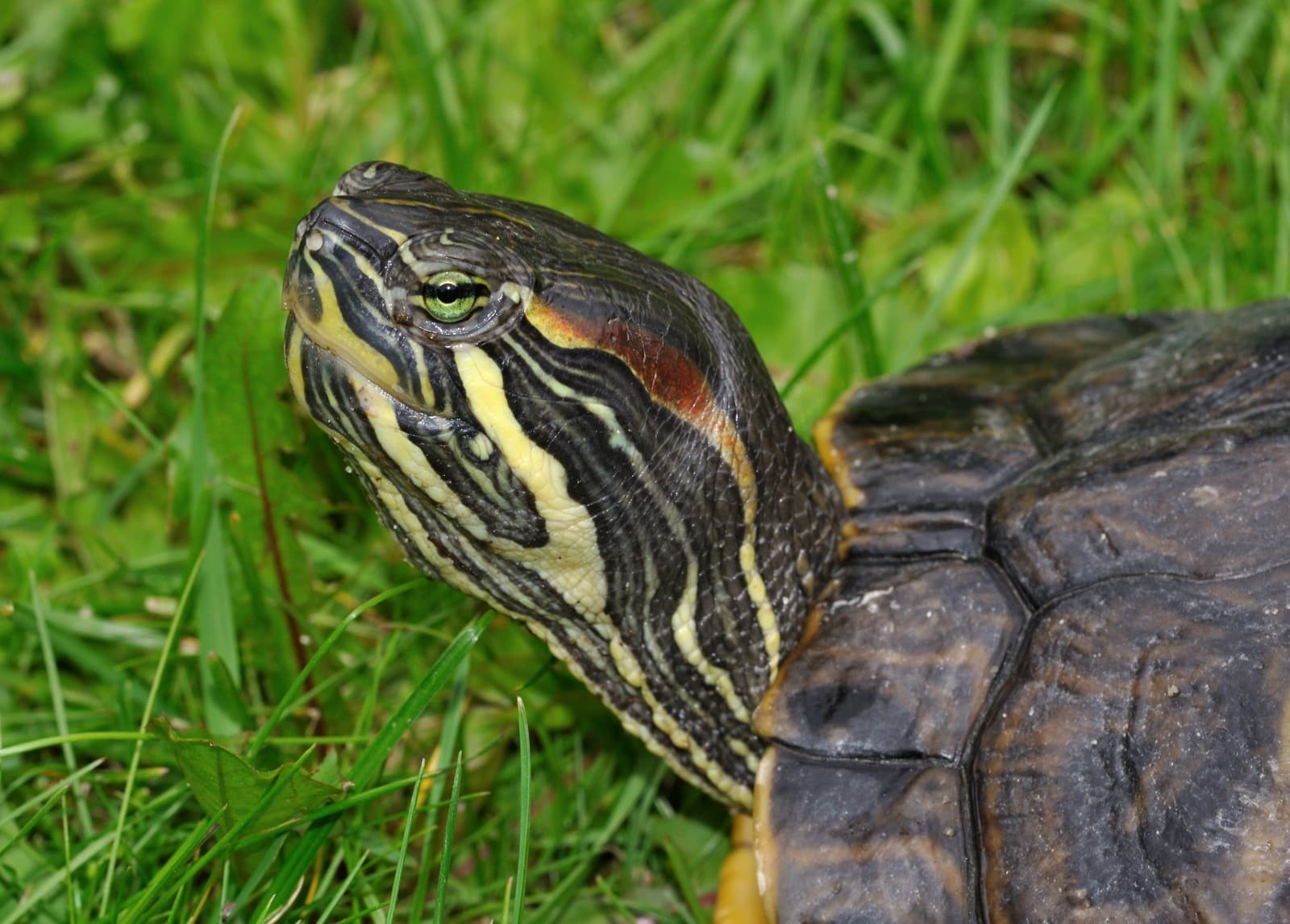
The Red-eared Slider demonstrates its characteristic swimming posture and distinctive red temporal patch, features that make it one of North America’s most recognizable freshwater turtles.
Key Differences Between Terrapins and Sliders
| Feature | Terrapin | Slider |
|---|---|---|
| Habitat | Brackish coastal waters | Freshwater ponds and lakes |
| Size | 5-9 inches (13-23 cm) | 6-12 inches (15-30 cm) |
| Diet | Primarily mollusks and crustaceans | Omnivorous, mostly aquatic plants and small prey |
| Shell Shape | High-domed with pronounced keels | Flatter, more streamlined |
| Distribution | Atlantic and Gulf coasts | Throughout North America, introduced worldwide |
| Lifespan | 25-40 years | 20-30 years |
Habitat and Adaptation
Terrapins have evolved specialized salt glands near their eyes that allow them to process brackish water, making them unique among North American turtles. These glands effectively remove excess salt from their bodies, enabling survival in environments where most freshwater turtles cannot thrive. Their powerful jaws and muscular necks are perfectly adapted for crushing the shells of crustaceans and mollusks that make up the bulk of their diet.
Sliders, conversely, have developed adaptations for life in freshwater environments. Their more streamlined shells reduce water resistance, while their longer claws aid in capturing fish and aquatic invertebrates. The distinctive red patches behind their eyes, while decorative to humans, serve as important visual signals during breeding season.
Behavior and Lifestyle
Daily Activities
Terrapins exhibit a strong tide-influenced behavior pattern, actively foraging during high tide and basking during low tide. They’re particularly active during spring and summer months, when breeding occurs. During winter, they brumate in the muddy bottom of their marsh habitats.
Sliders maintain a more consistent daily routine, typically basking during mid-morning and late afternoon hours. They’re excellent swimmers and spend most of their time in water, coming onto land primarily for basking and egg-laying. During winter, they become less active but may remain somewhat mobile in warmer regions.
Conservation Status
The conservation needs of these species differ significantly. Diamondback Terrapins face numerous threats, including:
- Habitat loss due to coastal development
- Drowning in crab traps
- Vehicle strikes during nesting season
- Collection for the pet trade
Red-eared Sliders, while native to the central and eastern United States, have become invasive in many parts of the world due to pet releases. Their adaptability and competitive nature often pose threats to native turtle species in introduced regions.
Care Requirements in Captivity
For those considering either species as a pet, their care requirements reflect their natural habitat preferences:
Terrapin Care Essentials:
- Brackish water setup (specific gravity 1.005-1.015)
- UVB lighting
- Basking area reaching 90°F (32°C)
- Water depth of 4-8 inches (10-20 cm)
- Diet rich in crustaceans and mollusks
Slider Care Essentials:
- Freshwater setup with efficient filtration
- UVB lighting
- Basking area reaching 85-95°F (29-35°C)
- Water depth of 12-24 inches (30-60 cm)
- Varied diet including commercial pellets, vegetables, and protein sources
Both species can make rewarding pets when properly cared for, but potential owners should research local regulations, as some areas restrict ownership of either species to protect native populations.
